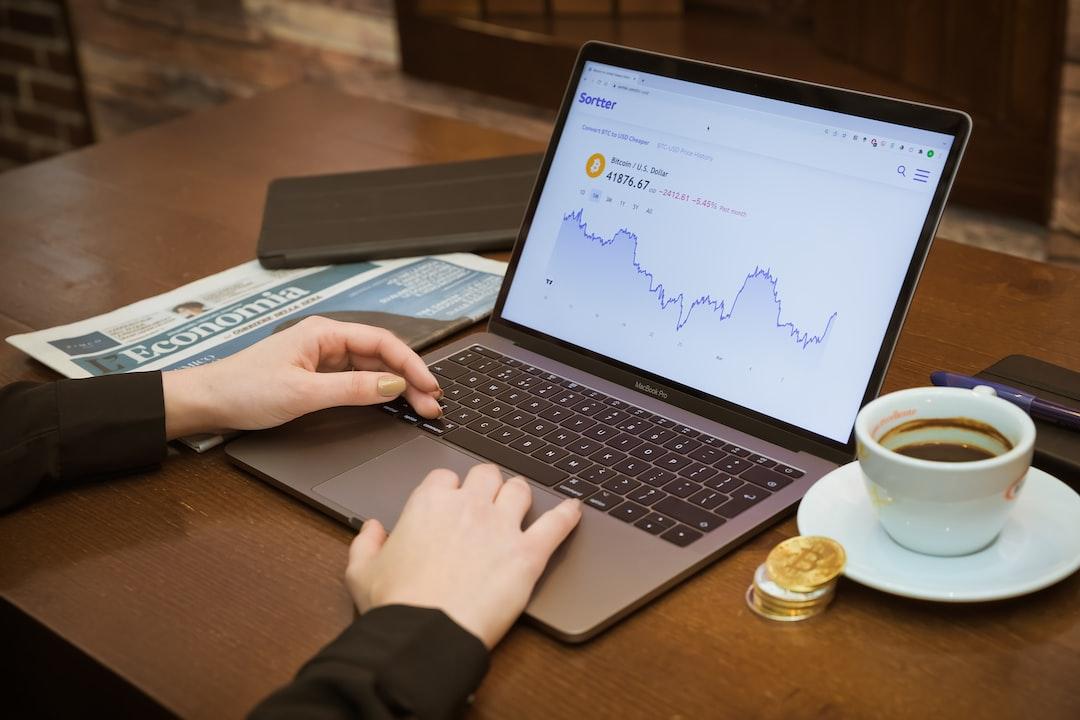Texas Hold’em and Cryptocurrency Trading: A Dual Approach to Risk Management, Strategy Adjustment, and Emotional Control
Both Texas Hold’em and cryptocurrency trading revolve around risk management, strategy adjustment, and emotional control. From chip management to position sizing, both types of players rely on the same set of formulas for survival.
(Background: Altcoin Investment Methodology: Abandoning Emotion-Driven Strategies, Establishing Thematic Strategies)
(Supplementary Background: KOL in the Cryptocurrency Sphere Shares: My Strategy for Gaining 100,000 Followers and Profit Strategies)
Similarities Between Poker Veterans and Cryptocurrency Traders
On the surface, poker veterans and cryptocurrency traders belong to different arenas — the poker table and the market — but their daily activities are remarkably similar: assessing risks, continuously adjusting strategies, and managing emotions. Fail to navigate these three aspects, and chips or capital can evaporate in an instant. This article examines the survival rules in the cryptocurrency world from a poker perspective.
Risk Management: The Art of Chip and Position Allocation
In poker, bankroll management is crucial; players should invest a maximum of 5%-10% of their total chips in a single hand to avoid being eliminated after going all-in.
In the cryptocurrency world, this corresponds to setting stop-loss points and position limits, capping single losses within acceptable ranges. According to statistics from the CFA Institute, if retail investors wager more than 20% of their assets on a single trade, their risk of liquidation within a year increases by 35%. Though these numbers seem cold, they resonate eerily with the brutal elimination rates at the poker table.
Strategy and Adaptation: The Same Logic in Reading Cards and Markets
Experts observe opponents’ betting rhythms and flop rates to assess strength or weakness; traders focus on candlestick patterns, long-short position ratios, and news flows. Both sides gather information with the aim of adjusting strategies early. Hedge fund manager David Einhorn once mentioned in an interview:
“I take the risk/reward calculations from the poker table and apply them directly to my investment decisions.”
His approach is straightforward: before each investment, he asks himself how many wins are needed to offset a single misjudgment, similar to how poker players calculate pot odds.
Emotion and Long-Term Perspective: Avoiding Tilt and FOMO
Tilt originally refers to poker players losing control due to a bad beat; the cryptocurrency market exhibits similar symptoms: panicking to cut positions upon seeing red screens, only to miss out when the decline stabilizes. Data from the Chicago Board Options Exchange (CBOE) indicates that in 2023, the number of days when Bitcoin’s intraday volatility exceeded 5% reached 87, making emotional trading particularly costly in such a volatile environment.
The solution for poker players is to step away from the table to regain composure; traders can implement a cooldown period, pausing trading for 24 hours after two consecutive stop-loss events.
Extending the perspective is equally important. Top professional poker players focus on ROI rather than individual wins or losses; successful traders assess quarterly performance instead of daily profit and loss. This patience serves as a safeguard against turbulent times.
Conclusion
In summary, both poker and the cryptocurrency market are high-volatility arenas, yet the formula for success is surprisingly consistent: survive first, then discuss how much to win. The next time you sit at a poker table or open a trading interface, don’t rush to raise the stakes; first, consider whether your pot odds and risk limits are reasonable.

Related Reports
Purchased a “backdoor cold wallet” on Douyin, a cryptocurrency investor lost 50 million RMB.
“I’ll play you to death!” Argentine President shares $LIBRA buying tutorial, then clarifies: “This is not promotion,” as prices drop back to original levels.
Newbie Guide to DEX: How to create an on-chain wallet, withdraw funds, and trade?

